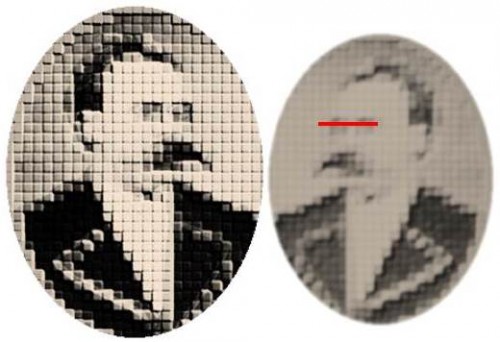
In a previous post for Cyborgology, I attempted to take what has been called “digital dualism” and repackage it into a slightly new shape—one that would bring into focus what I considered to be the concept’s most significant features. Specifically, I posited that digital dualism should be understood to include—and be limited to—any instance where a speaker establishes a normatively-charged hierarchy of ontological categories, at least one of which is technological. Thus, were a speaker to carve up the world into the “digital” and the “physical” while suggesting the former is somehow ontologically inferior to the latter (or vice versa), she would be instantiating digital dualism, as I defined it.
I next sought to situate digital dualism within a broader set of views that I characterized as “conservative.” Conservatism, I argued, is a cluster of ideologies unified by an effort to justify and further social hierarchy. I argued that ontological hierarchy of the sort that characterizes digital dualism often plays an instrumental role in the conservative project, as it serves to legitimate perceived differences in status. (For more exposition of this point, see my previous Cyborgology post). Indeed, I contend that digital dualism is very often deployed for conservative ends by those who seek to elevate themselves above technophillic masses.
If one accepts these premises, it becomes possible to formulate generalized strategies for critique, beginning with contestations of (conservative) digital dualism and then abstracting to arguments that might be directed against other conservative ideologies that rest upon hierarchical ontologies.







